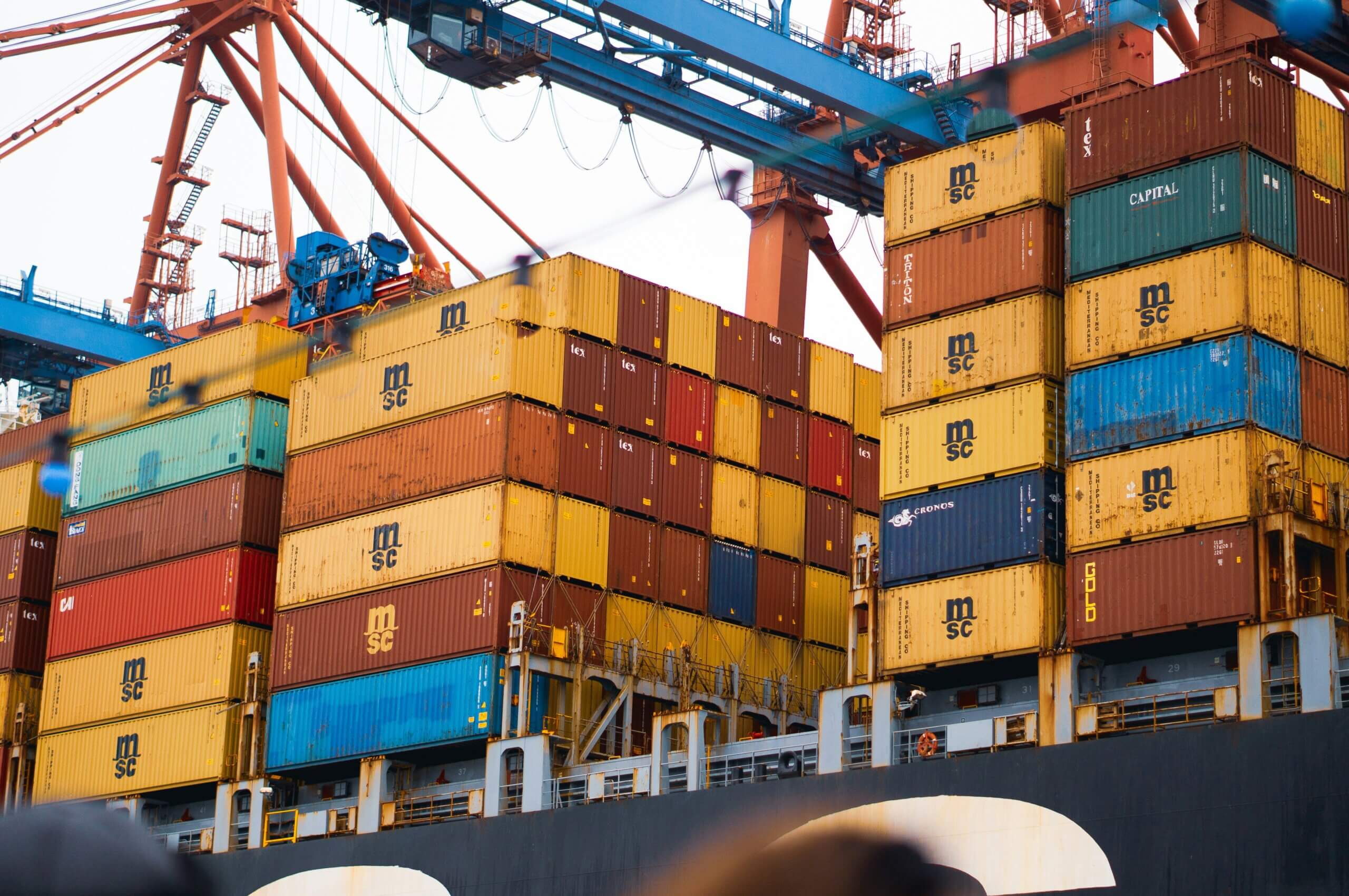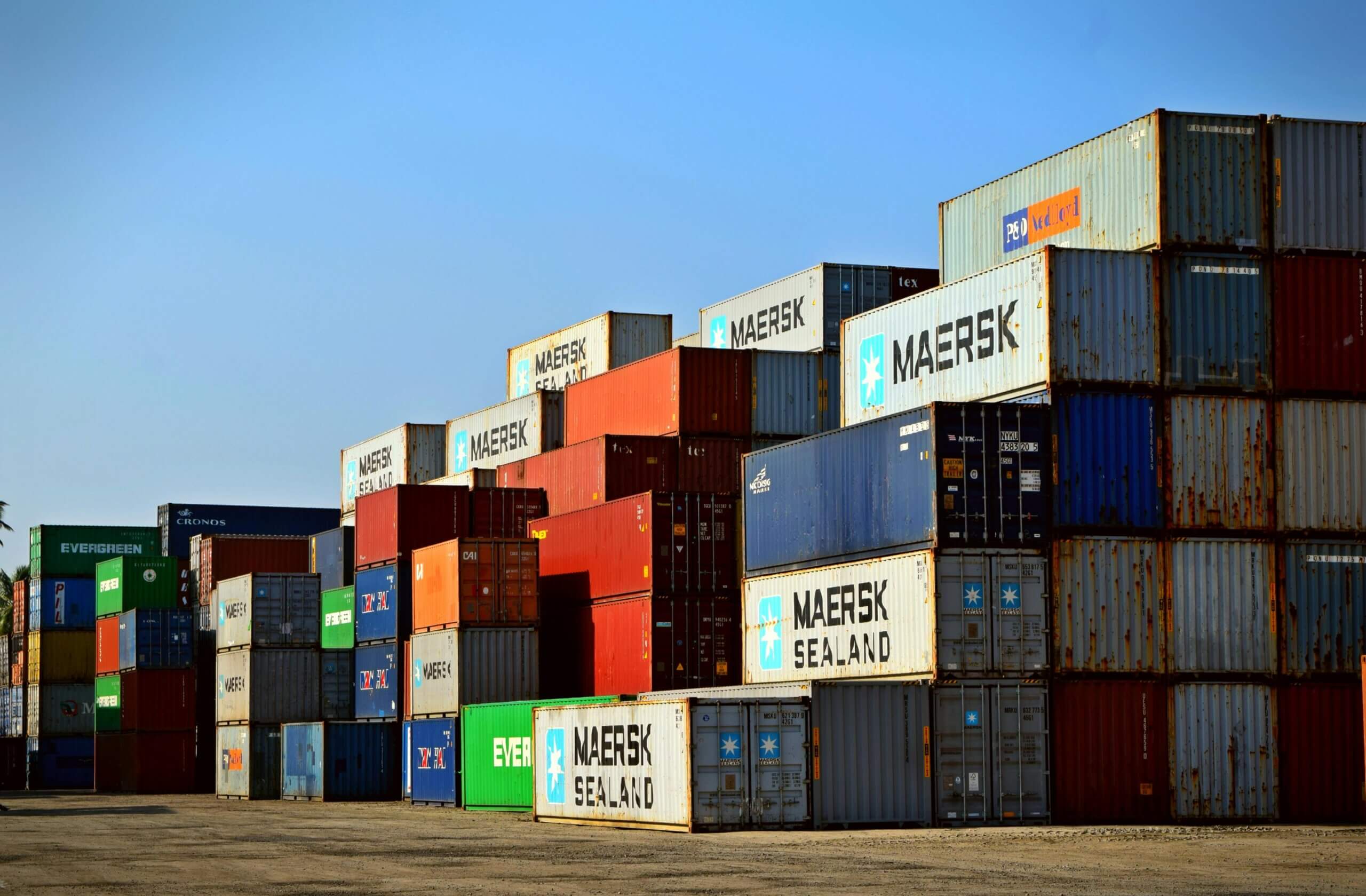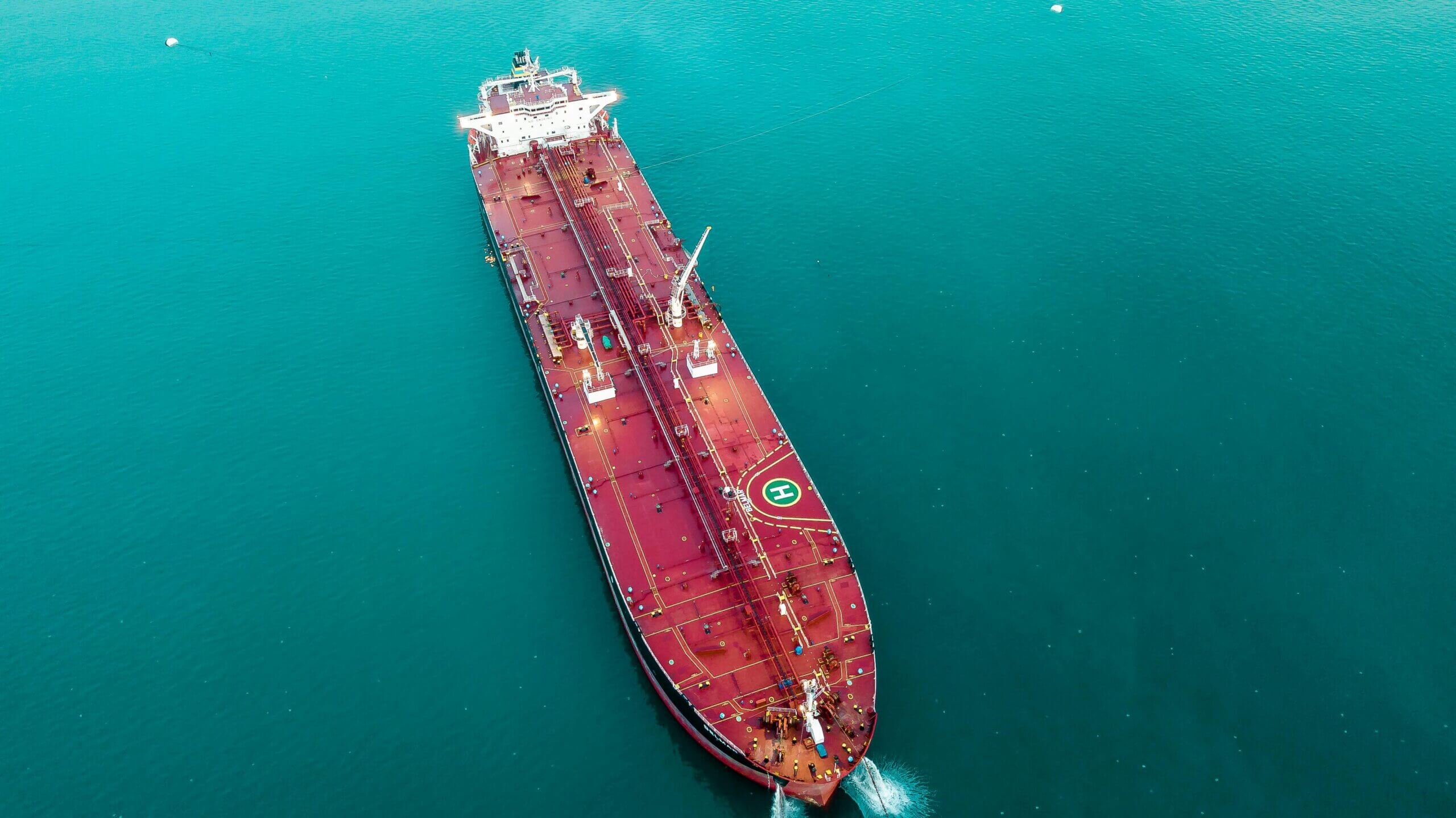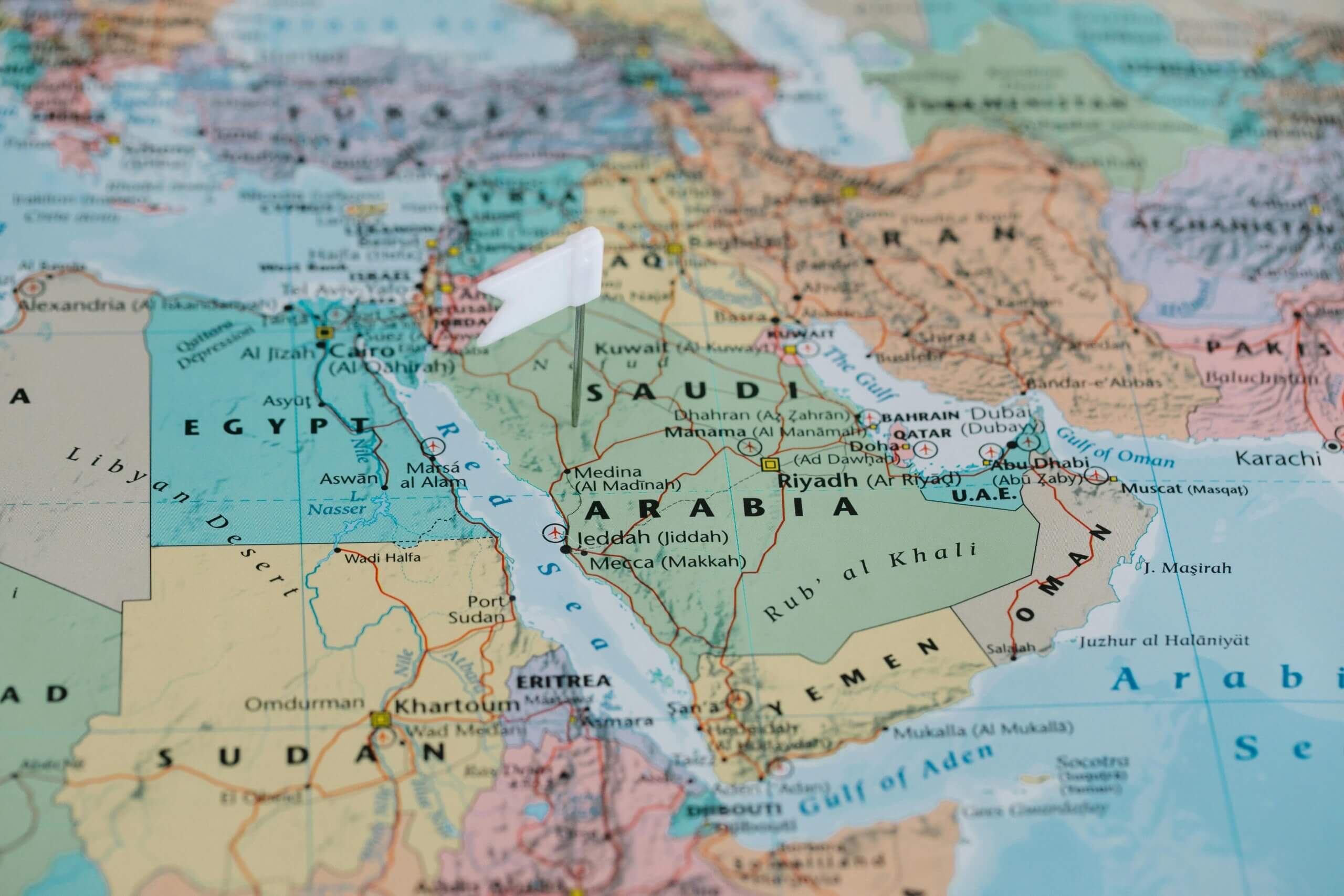Summary:
- Major ocean carriers continue to avoid the Red Sea and faced high transit times throughout peak season.
- Vessel types most disrupted by the attacks are container, followed by tankers and bulk vessels.
- Volume through the canal remains low. November of 2024 saw an 72% reduction compared to 2023.
- Southeast Asia to the US East Coast has a 47% increase to transit time and a 33% increase to Europe. China to Europe has seen a 25% increase to transit time.
- Sailing schedules are still seeing delays of 4-6 days but have improved by up to 70% since February.
Houthi attacks continue after one full year
Since tension erupted in the Red Sea over one year ago (December 2023), Houthis have targeted over 90 commercial vessels, damaging over 30 ships and sinking two. Attacks continue in the area, with the most recent drones attempting to attack a United States warship.
Despite military defense efforts from multiple countries, including the United States, the Houthi group remains undeterred and more than a year later major carriers continue to avoid the region to mitigate risks.
Volume through the Suez Canal
Since the attacks began in late 2023, hundreds of vessels across major carriers have rerouted to avoid the Red Sea, leading to historically low volumes through the Suez Canal. Despite the peak season for ocean shipments, November only saw 115 container vessels passing through the canal, a 72% decline compared to November 2023, which saw 422. This trend is expected to continue, with carriers likely to reroute around Africa or use the Panama Canal until tensions in the Red Sea are resolved. Yemen is a strong ally of Gaza and will likely not let up until a peace treaty is reached between Israel and Gaza. While discussions of a treaty remain ongoing, there is no clear timeline on when this conflict will end.

The chart below expands on the impact across various vessel types and their frequency through the canal.
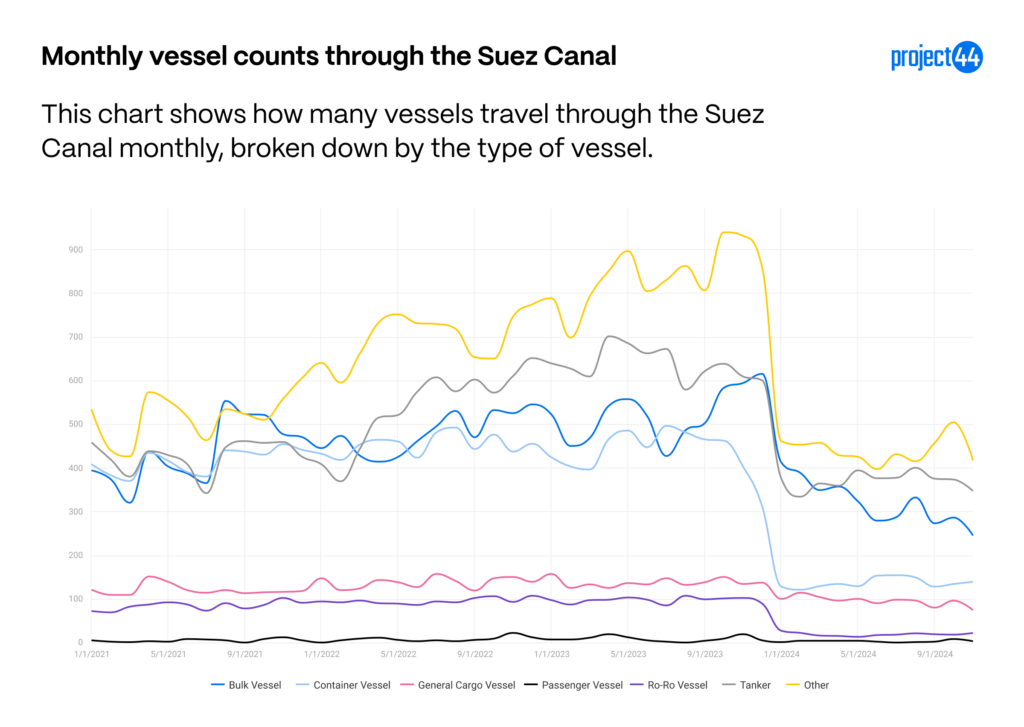
While container vessels are the most affected, they are not the only ones rerouting to avoid the Red Sea. There has also been a decline in bulk vessels and tankers. Tankers often carry hazardous materials, such as crude oil, which pose substantial environmental risks in case of attacks. General cargo vessels and Ro-Ro vessels have not been as severely impacted, but these vessel types already constitute a smaller portion of the traffic through the Suez Canal.
Impacts to transit times
As vessels divert to avoid the Red Sea, transit times have increased by an average of 7-14 days for lanes that traditionally pass through the canal. The charts below show the median transit times on major routes, as recorded monthly through November 2024.
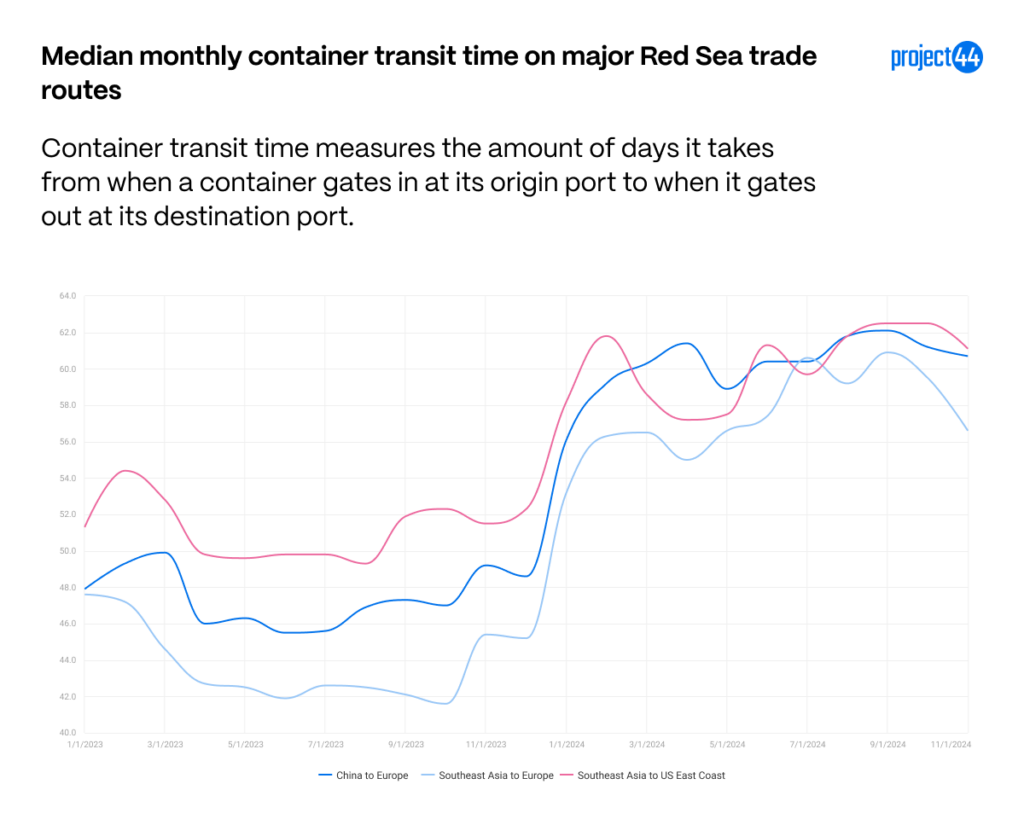
Median transit times have surged to approximately two months. Southeast Asia, a key exporter of electronics, clothing, accessories, and footwear, is particularly affected. Shipments to the U.S. East Coast now take 47% longer, while shipments to Europe take 33% more time to arrive. Transit times from China to Europe, another major source of consumer goods, have risen by 25%. Please note that shipments from China to the U.S. East Coast have not been affected, as they typically transit through the Panama Canal rather than the Red Sea.
Shippers have adjusted to the increase in transit times and adjusted ordering practices to make up for the additional time on the water and major stock-outs have not been observed.
The vessel schedule reliability chart below tracks how late containers in transit are expected to be based on updates in schedules.

While carriers have become better at predicting sailing schedules along the Cape of Good Hope route, performance remains lower than before the rerouting. Longer transit means more opportunities for delays due to factors such as weather and port congestion. In November, carriers experienced a median delay of 4-6 days. This has greatly improved, particularly for Southeast Asia to Europe, which peaked at a median of almost 13 days late in February and has improved by 70%.
Historical trade through the Suez Canal:
The Suez Canal was opened in 1869 to connect the North Atlantic Ocean to the Indian Ocean through the Mediterranean and Red Seas. Since then, it has become an integral trade route for global supply chains and saves 7-20 days of travel that would be needed for vessels to go all the way around Africa. Interruptions to the flow of vessels can have major impacts to trade as demonstrated in 2021 when a stuck vessel halted operations for six days.
With safe passage through the canal hindered, delays on this route have continued. The United States has seen some relief with the droughts impacting capacity through the Panama Canal lessening, giving a better option than around Africa, but Europe continues to feel the full force of vessels being unable to pass through the canal.
Concern for safety of front-line seafarers
While project44 has made it a priority to provide frequent updates on the Red Sea crisis, the safety of the crew members on these ships remains top priority in these challenging times. They and their families are in our thoughts.
Summary
The ongoing Houthi rebel attacks on commercial vessels in the Red Sea have drastically impacted global shipping routes, particularly through the Suez Canal, leading to significant delays and disruptions. Carriers have been forced to reroute vessels, resulting in increased transit times of up to 47% on key trade lanes, especially those connecting Asia to Europe and the U.S. The rerouting has hit European ports the hardest, while the U.S. East Coast has seen less disruption due to the Panama Canal offering an alternative route. As tensions continue, the safety of front-line seafarers remains paramount, while the global supply chain faces ongoing uncertainty.
